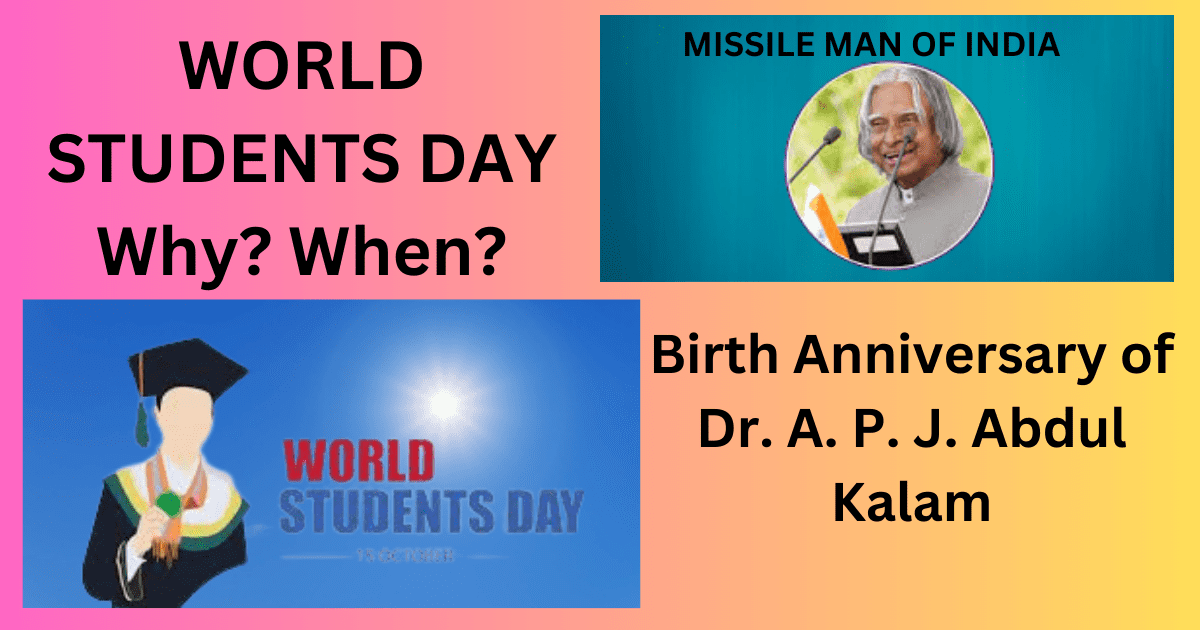National Cinema Day, National Cinema Day 2023, History, Most Important Facts, Significance
National Cinema Day: is celebrated to highlight the contribution of the cinema industry in entertaining and educating the public through the means of movies. The cinema is among the most common ways of seeking entertainment for people. This Day encourages people to keep supporting the cinema industry by turning up movies. In today’s age, where … Read more



